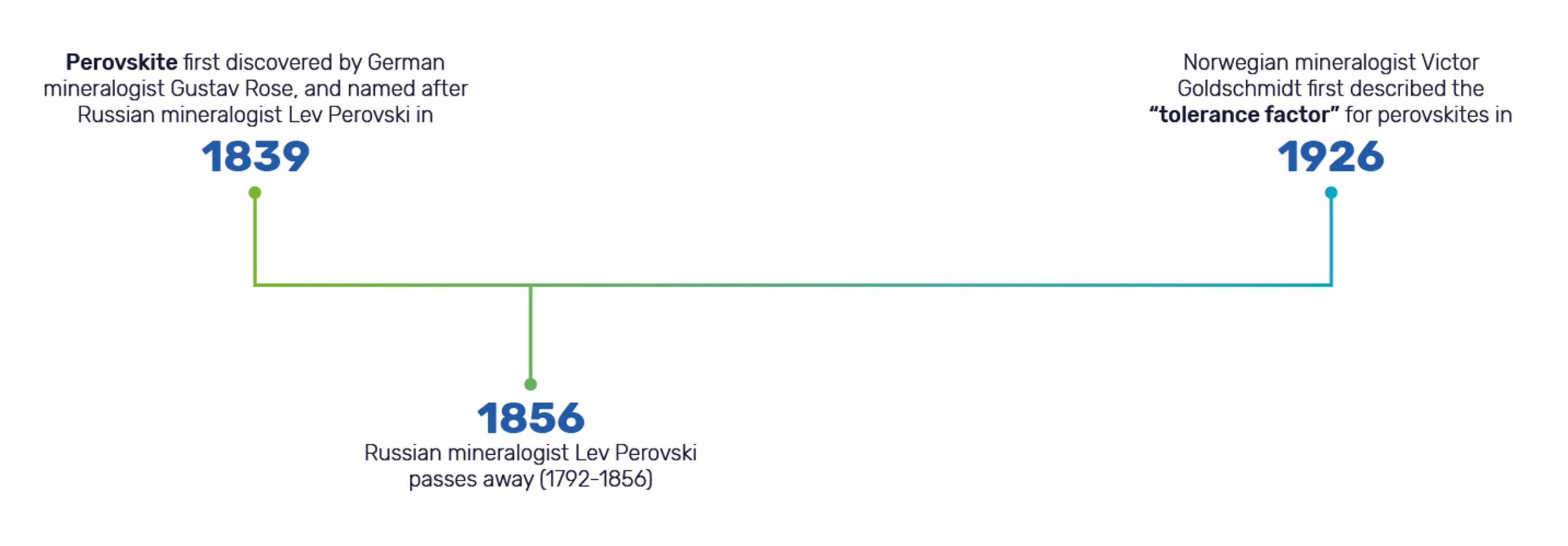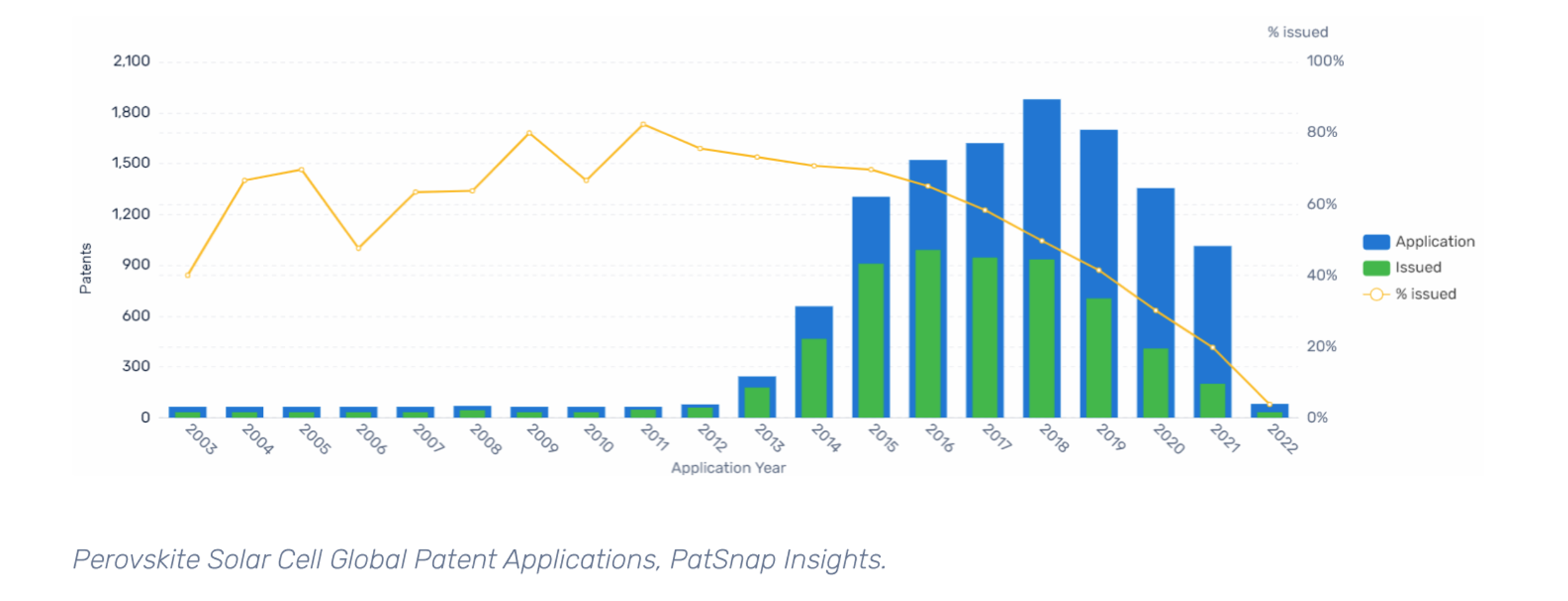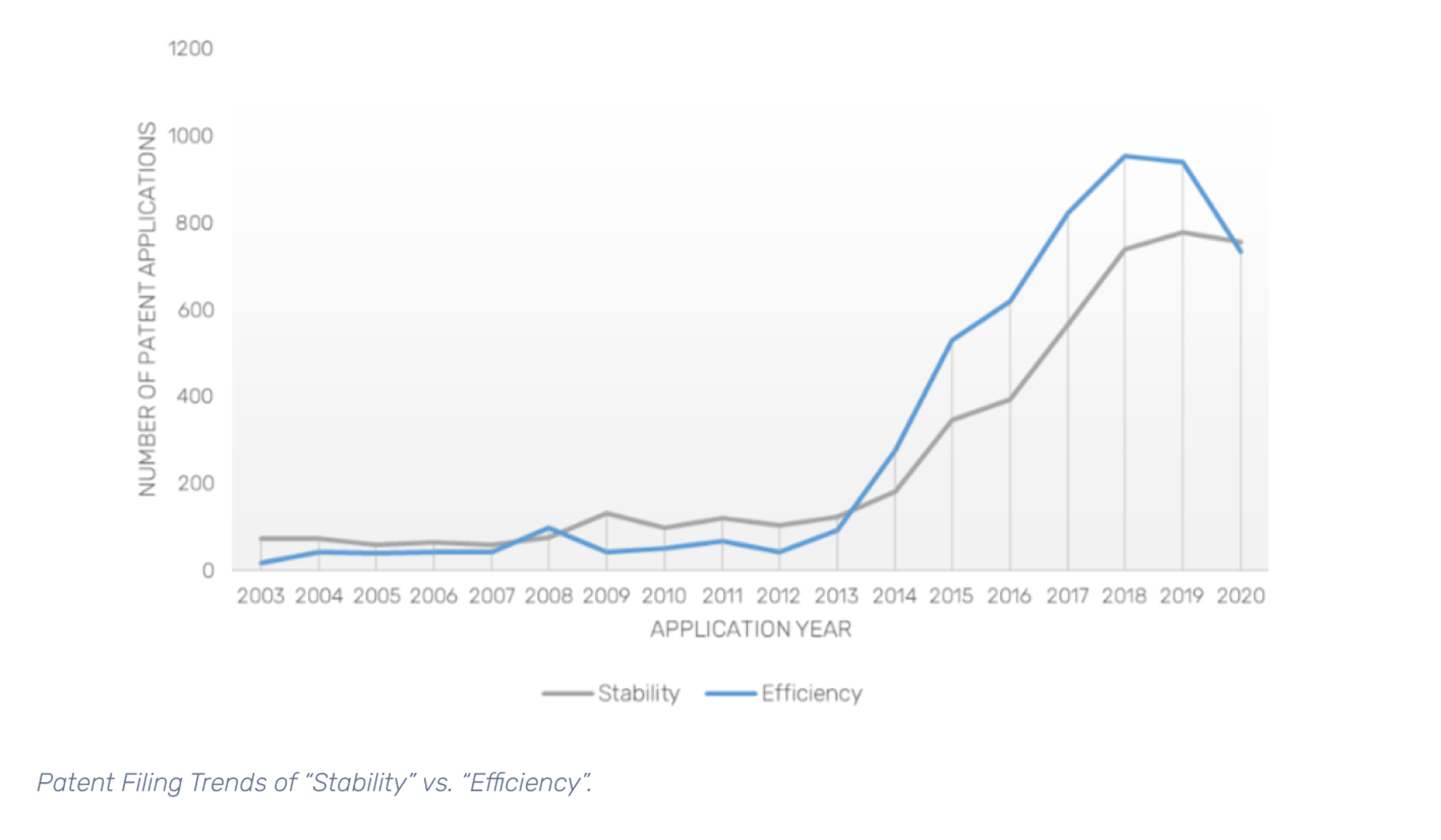Perovskite Solar Cells: A Sustainable Energy Solution?
In this article, we explore perovskite solar cells and whether they have the potential to become a sustainable energy solution.
Global carbon dioxide emissions from energy generation increased by 6% last year to 36.3 billion tonnes. In conjunction with these emissions, and those from other industries, the UN issued a stern warning in its latest climate report: if we don’t act now, we won’t be able to limit global warming.
Researchers are heeding this advice, and experimenting with various materials such as algae, wave power, and perovskites. The purpose is to see if these materials can outperform other energy technologies and reduce carbon emissions.
In this article, we’ll specifically focus on perovskites and define what they are, how they’re used in solar cells, and whether they have the potential to become a sustainable energy solution.
What are perovskites?
A perovskite is a class of synthetic material with the same crystal structure as the naturally occurring mineral calcium titanium oxide.

The mineral was first discovered by German mineralogist Gustav Rose in 1839 and is named after Russian mineralogist Lev Perovski (1792-1856). Despite its discovery hundreds of years ago, the unique structure of the mineral was not understood until 1926 when Norwegian mineralogist Victor Goldschmidt first described the “tolerance factor” for perovskites.
The perovskite structure is unique because of its ability to have many different cations (positively charged ions) embedded in the structure, allowing for the development of a diverse range of engineered materials.
How are perovskites used in solar cells?
The most prevalent and mature application of perovskite materials is in solar cells. Synthetic perovskites offer a conversion efficiency of up to 25.5%, outperforming all other emerging photovoltaic cell technologies (including quantum dot, organic, and dye-sensitized cells). Once combined in monolithic tandem with Silicon, perovskite cells increase in efficiency up to 29.8%, outperforming some of the highly efficient (but usually cost-prohibitive) multijunction cells.
Perovskite solar industry trends
In 2021, the perovskite market valuation was $0.17 billion USD. By 2029, the market is expected to reach a $6.29 billion USD valuation, representing a compound annual growth rate (CAGR) of 34.5%. The current market size highlights the early-stage commercialization of this material, as small market sizes increase the risk of a lack of return on investment (as is often the case with potentially disruptive technology).

The above patent filing chart showcases the commercial introduction of perovskite material and solar cell technology. It traces back to 2009 with developments by Tsutomu Miyasaka and colleagues. Before this, academic literature outlined the feasibility of perovskite solar cells as early as the 1980s. From 2006 to present, perovskite solar cells noted a 22% increase in efficiency compared to more traditional thin-firm technologies.
The emergence of hybrid organic-inorganic perovskite materials led to a boom in perovskite technology patent filings due to their high-power conversion efficiencies and low-cost fabrication methods. Miyasaka’s work with Fujifilm paved the initial path for this technology, followed by Oxford University and its collaborators.
Pitfalls of perovskites in solar cells
Despite their promise to outperform other cells, perovskites have a few major pitfalls: instability and degradation.
Although perovskite solar cells perform well in a laboratory setting, once scaled to a commercial size, these cells have difficulty sustaining energy performance. For solar panels to be commercially viable, the value of the total energy they produce needs to be greater than the input cost of producing the panels. Having a solar panel that only operates effectively under specific conditions, or one that degrades before costs can be recovered, limits its ability to be scaled as a feasible energy capture solution.
However, key players are aware of these limitations and actively working to address them. This is evident based on the patent filing trends outlined in the chart below. Applications related to “efficiency” vs. “degradation” or “stability” are on the rise.

Are perovskites a sustainable energy solution?
As the world continues to move toward a more sustainable energy model, patent filings in perovskites are likely to increase.
In order for perovskites to become a sustainable energy solution, researchers will have to overcome the issues related to stability and degradation. As such, in the coming years, we expect to see new innovations in perovskite technology specifically related to energy storage and generation.
Perovskites industry report
To learn more about the perovskite energy industry, click here to download our analytical report. Inside, we analyze perovskites in solar panels and batteries. Starting with applications, and then moving to the current state of the market including the geographic and competitive landscape, patent trends, key organizations, and emerging innovations, we explore how these perovskite-powered technologies are evolving.